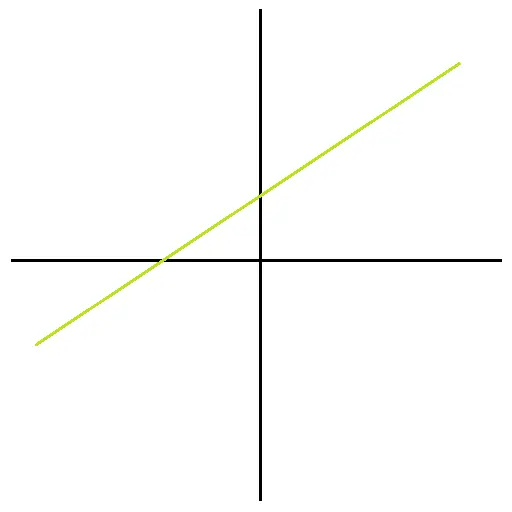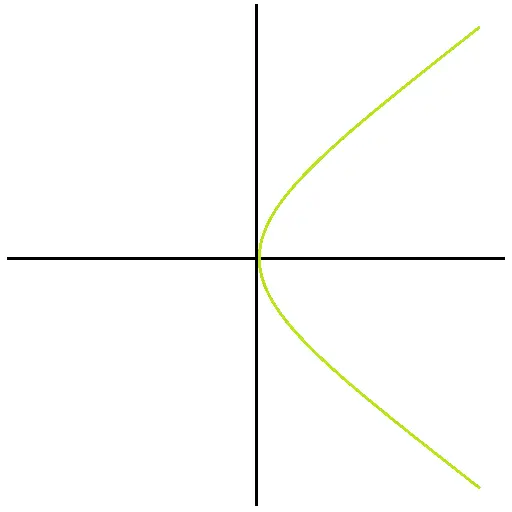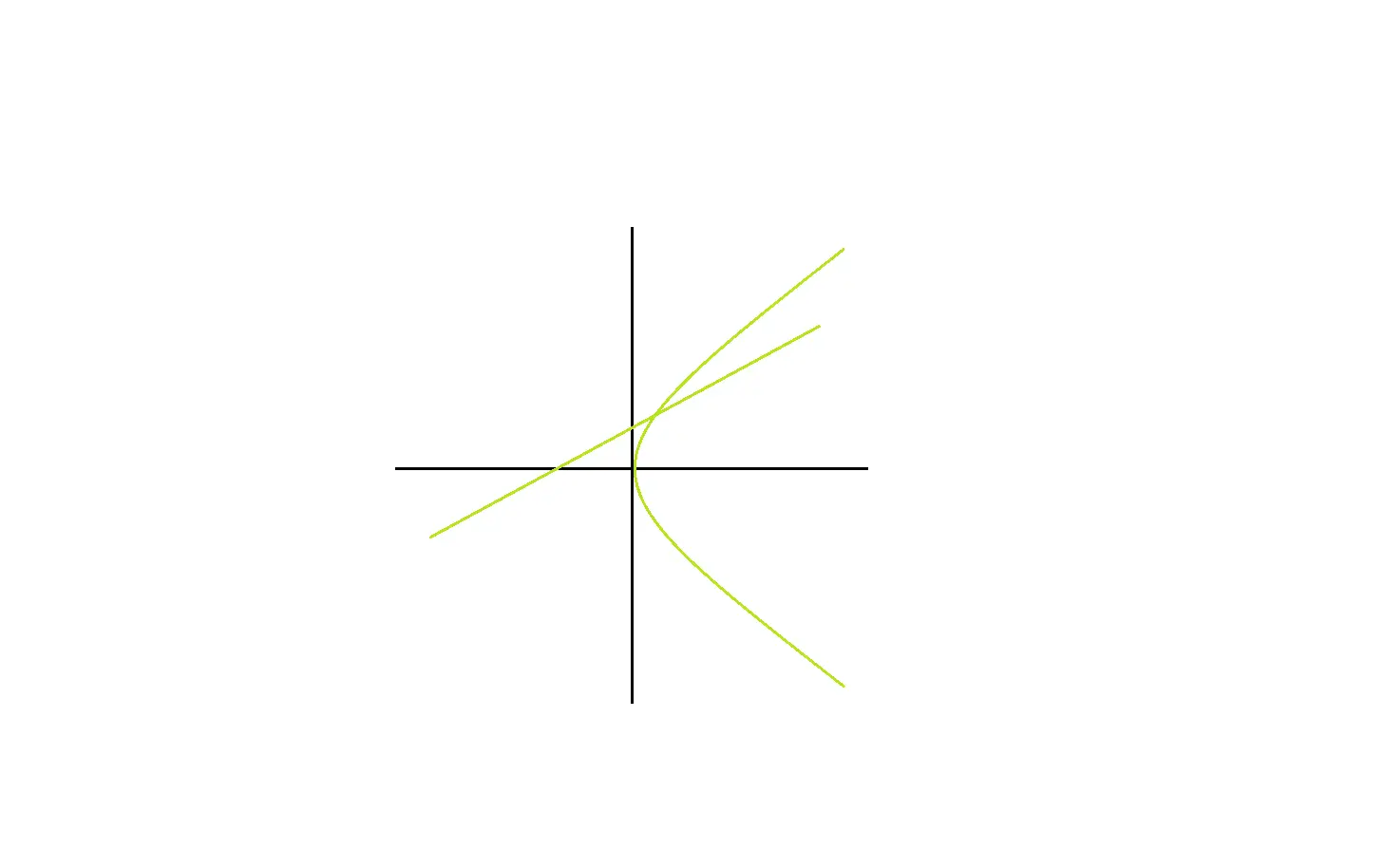The vertical line test is a straightforward graphical method used to determine whether a given curve represents a function.
In mathematics, a function is defined as a relation where each input (\( x \)-value) corresponds to exactly one output (\( y \)-value).
The vertical line test helps verify this by analyzing the graph of the relation.
How to Apply the Vertical Line Test
- Draw Vertical Lines: Imagine or draw vertical lines (parallel to the \( y \)-axis) across the entire graph of the relation.
- Observe Intersections: For each vertical line, observe the number of intersection points with the graph.
- Interpret Results:
- Function: If every vertical line intersects the graph at no more than one point, the graph represents a function. This indicates that each \( x \)-value has a unique \( y \)-value.
- Not a Function: If any vertical line intersects the graph at more than one point, the graph does not represent a function. This suggests that at least one \( x \)-value corresponds to multiple \( y \)-values, violating the definition of a function.
Illustrative Examples
- Example 1: Linear Function Consider the graph of the equation (\( y = x \)), which is a straight line passing through the origin at a 45-degree angle. When applying the vertical line test, any vertical line will intersect this graph at exactly one point, confirming that it is a function.
- Example 2: Parabola Opening to the Right Now, consider the graph of the equation (\( x = y^2 \)), which is a parabola opening to the right. Applying the vertical line test, some vertical lines will intersect the graph at two points, indicating that it is not a function.


Why the Vertical Line Test Works
The vertical line test is effective because it directly assesses the fundamental definition of a function: each input must map to a single output.
If a vertical line intersects the graph more than once, it means a single \( x \)-value is associated with multiple \( y \)-values, thereby disqualifying the relation from being a function.
Applications in Mathematics Education
Understanding and applying the vertical line test is crucial for students as it:
- Enhances Graphical Analysis Skills: Enables students to visually interpret and analyze graphs to determine functional relationships.
- Supports Function Identification: Assists in distinguishing between functions and non-functions, which is fundamental in higher-level mathematics.
- Facilitates Understanding of Function Properties: Aids in comprehending the behavior and properties of different types of functions.
Common Misconceptions:
- Misinterpretation of Intersections: Some students may mistakenly believe that intersecting at multiple points does not violate function rules. It’s essential to emphasize that multiple intersections by a vertical line indicate multiple outputs for a single input, which is not permissible in functions.
- Applicability to All Graphs: The vertical line test applies to all graphs, including those of discrete and continuous relations.
Finalizing
The vertical line test is a valuable tool in mathematics for identifying whether a graph represents a function.
By ensuring that each input has a unique output, it reinforces the foundational concept of functions and aids in the accurate analysis of mathematical relations.
Frequently Asked Questions (FAQs)
Can a circle represent a function?
No, a circle cannot represent a function because it fails the vertical line test; vertical lines intersect a circle at two points.
Does the vertical line test apply to all graphs?
Yes, the vertical line test can be applied to any graph to check if it represents a function.
Can the vertical line test be used in real-world applications?
Yes, the vertical line test is used in real-world applications to ensure that mathematical models involving functions are accurate and correctly defined.
What does it mean if a graph fails the vertical line test?
If a graph fails the vertical line test, it means that the graph does not represent a function. Specifically, there is at least one x-value with more than one corresponding y-value.
Does the vertical line test work for discrete graphs?
Yes, the vertical line test is applicable to discrete graphs as well.

Always been confused with this topic, but today you cleared all my confusions related to the Vertical Line Test for Functions.
Thank you very much!
You’re very welcome! I’m so glad the explanation helped clear up your confusion about the Vertical Line Test. If you have any more questions or need clarification on related topics, feel free to ask. Keep up the great work!